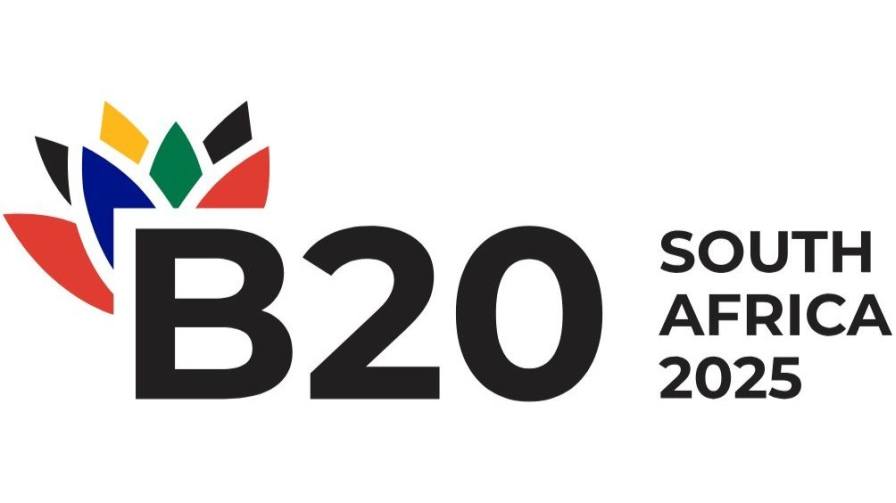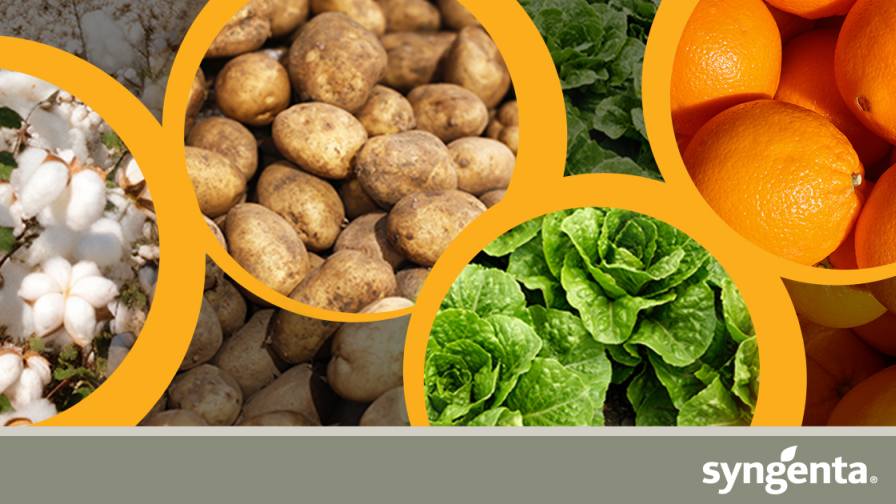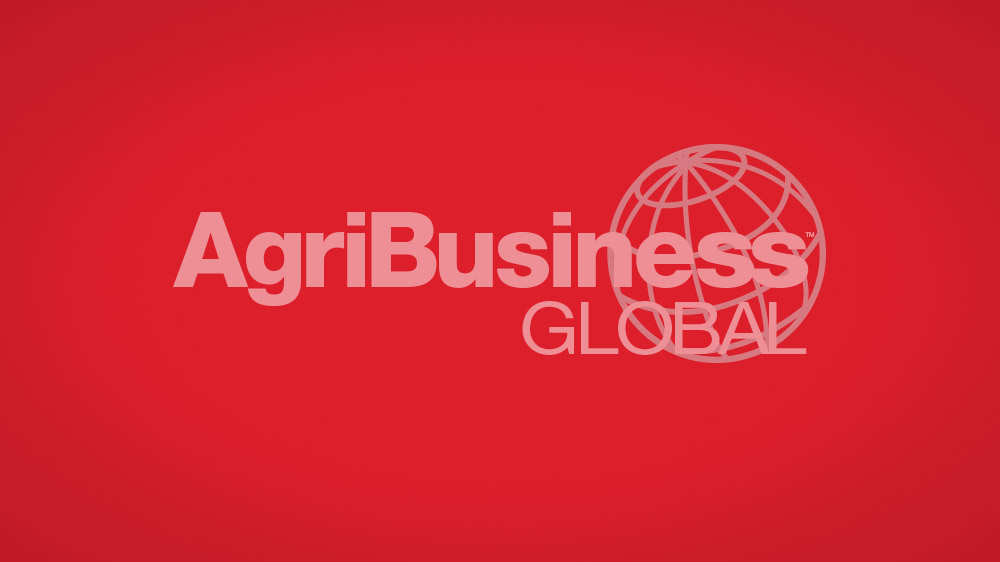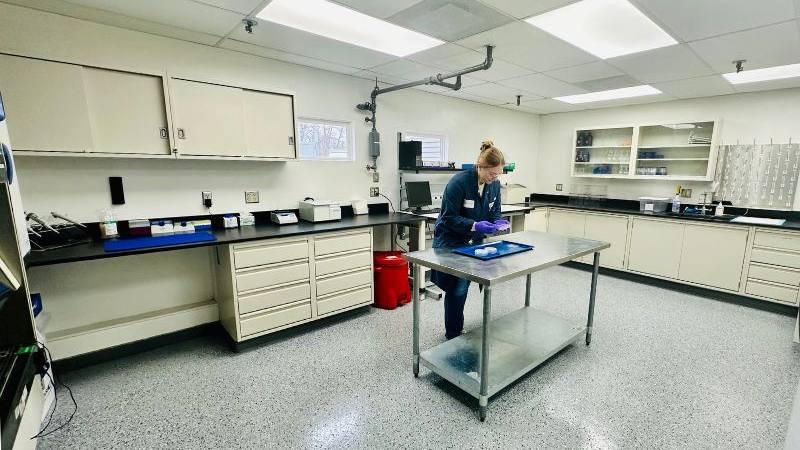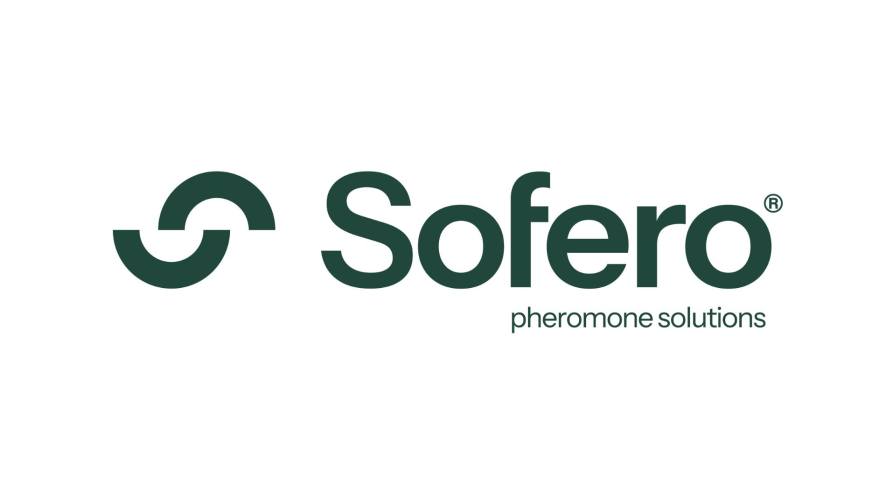U.S. Generic Market Access Strategy: Understanding Crop Protection Product Distribution
The U.S. generic ag chemical market is one of the largest opportunities in the world, which is why many suppliers want to understand how to sell into it. With the U.S. market being complex and difficult to enter, there are a few basic principles any generic supplier needs to understand and manage.
- Focus on lowering your cost of goods.
- You do not always get to set your price, your competition does.
- High quality is expensive, but in the long term, is the best policy.
- There is not one simple distribution strategy that works.
Managing the Cost of Your Product
All generic products have a similar product lifecycle. Some are shorter than others. The early part of this life cycle is when generic suppliers can make the most margin. The older products are working with more competition and much lower margins.
First, one of the important ironies to understand about the U.S. generic process is: The cost of getting a generic registration gets cheaper for later registrants. Without too much explanation, the first generic registrant usually pays the highest data compensation, and the later registrants pay less.
Yet, the first generic registrant usually gets to sell when the product value is the highest. The speed of the price drop usually depends on the number of generic registrants in the same product.
This registration process is an entire discussion in itself but for now data compensation is the initial step and cost to managing your generic products cost.
Second, the cost of technical supply is important. If a supplier is not a basic technical manufacturer, then their cost of goods will normally always be higher. They are at risk of facing lower market prices, forcing lower margins than planned.
Third, tolling your product can be a very expensive step. If you import tech and toll your finished goods in the U.S., there is a good chance of having less duty and tariffs but higher cost of labor and also not getting your finished product available to sell when needed. All this needs to be carefully considered.
Importance of Low Cost of Good
In the generic market, with the process and requirements the same for all generic suppliers, most generic products are similar if not identical. If you are selling a generic pesticide your competitor’s product, then it is most likely identical to your product. If all your analysis and plans tell you that you can sell your product for $10/gal but your equivalent competitor is offering their product for $9/gal, who do you think will get the sale?
Now product quality, packaging, and product availability are all important but having a low cost of goods allows you to sell more volume in an increasingly competitive market. The speed of which a generic supplier gets volume in the U.S. generic market is based on how much they are willing to invest. Yes, you need to plan on buying your way in. If you are trying to sell a new generic X, to a supplier who already has a generic supplier for X, why are they going to buy from the new generic supplier? I hate to even say this…but the faster way to get volume is to offer at a lower price.
Understanding Your Distribution or Market Access Strategy
How do you get your product to the U.S. farmer? The U.S. market is typically a three-step system:
- Step 1: Supplier to distributor
- Step 2: Distributor to retailer
- Step 3: Retailer to farmer
In some cases, it can seem like a two-step system, because distributors can also be retailers.
Understanding how to sell into the U.S. market is based on your distribution strategy. But, first you need to know the U.S. ag distribution system to determine your strategy and the investment needed.
The U.S. ag distribution system can be broken down into four tiers.
Tier 1
The large multi-location distributors such as Nutrien, Helana, Winfield, CHS, and Simplot.
Tier 2
The large buying groups such as Tenkoz, IAP, WestLink, CNI, and Triangle
Tier 3
Independent retailers
Tier 4
Brokers
While there are four distinct distribution tiers, all with different strengths, weaknesses, opportunities and threats, normally focusing on just one is not a successful strategy. It is important to consider them all.
Tier One: Friend or Foe?
The Tier 1 distributors are large and successful. All of them have multiple locations in each state. Nutrien has more than 1,000 retail stores. Their sales force is well trained and can get your product recognized with little advertising or promotion. They are effective in managing a product’s last mile movement throughout the season.
Tier 1 distributors do not require a generic supplier to have a large sales force. In fact, they do not even like generic suppliers with a large sales force. Generic suppliers that focus their attention to the Tier 1 distributors can get by with one or two sales staff. When these distributors buy products, they usually buy in multiple truckloads per state. They will be good at forecasting their needs early, allowing generic suppliers to understand their volume needs early. The Tier 1 suppliers are not always able to purchase as much generic products as they could sell, because they are controlled to limited allowed volumes, which the industry calls: open space by the basic or branded manufacturers suppliers with rebates.
These Tier 1 distributors are also excellent negotiators, and they will not allow you to have big margins as a percent of sales. They will generally know what your product should cost and will negotiate your margins to close to single digits or less. Product quality demands are high as their reputation is worth millions per location. They will handle product complaints and quality issues quickly with good data but will expect the supplier to financially stand behind their products and pay for this great service.
If the product is a large volume success, they most likely will become a competitor to the generic supplier because the Tier 1 distributors all have their own private label departments and will get their own private label. Then the generic supplier will be forced to go from offering finished good products to selling technical or MUP (manufacture use products).
As you may have come to realize, this tier can offer great support in the beginning. However, depending on the market and your products’ financial life cycle, this support may be short lived or eliminated, and this tier may even become a competitor.
Tier 2: Long-Term Customer
Tier 2 distributors (or buying groups) can be a great large-volume partner. These buying groups can help coordinate large volumes for generic suppliers with a smaller salesforce. Depending on the buying group, a generic supplier may only need five to 20 sales reps focused on getting their member retailers to purchase their products.
While Tenkoz is one of the few that will develop their own private labels, the majority will continue to support the generic suppliers EUP (end-use product) and will not become a competitor.
These buying groups are also good negotiators and understand the value of their purchasing power, so they will aggressively negotiate the cost for their members. Most of these buying groups are good at developing a forecast, but this forecast needs to be confirmed with all the members.
Suppliers will need to spend time with each member to get the final PO and help build a relationship with the individual members. Suppliers need to recognize the value of getting the buying groups’ support, but the supplier cannot rely on the buying groups’ commitment for the maximum volume. That still needs to be earned by each of the members. Product quality and reliability are still very important to get the buying groups’ support.
The big difference between Tier 1 and Tier 2 distributors is that the Tier 1 distributors are much more controlled by the basic manufactures either with open space limitations or with private label offerings. The Tier 2 distributors tend to be more long-term customers for the generic supplier.
Tier 3: More Work, More Margin
Tier 3 distributors are your independent retailers who typically have one to three locations and cover a 25-to-50-mile area. They will have one to several salesmen and sell based on historical relationships with their customers and supplier reps.
Tier 3 distributors generally have lower to limited cash to invest in inventory. The relationship between Tier 1 and Tier 2 distributors is important given the payment terms given by these distributors. There is an interesting relationship between Tier 3 retailers and Tier 1 and Tier 2 distributors.
Tier 3 retailers sell primarily to farmers, which is also who Tier 1 and Tier 2 distributors sell to from their retail locations. When Tier 1 and Tier 2 distributors’ wholesale divisions go calling on Tier 3 retailers, there can be a bit of aggressive competitive feelings that develop from competing for that farmer’s business.
If a supplier is going to focus on Tier 3 distributors/retailers as their customer, they are going to need 10 to 20 sales representatives simply because of the large number (around 1,000 to 2,000) of these retailers.
Be prepared to give extended terms allowing these retailers to sell and collect from their farmers in order to make payment. These retailers will have good lines of credit but credit from the supplier is important in getting the sale. Suppliers can expect to make 3% to 5% more margin when selling to Tier 3 distributors and typically will not have their own private labels.
Product education is important as they do not have strong training budgets. Suppliers may want to consider education in the branding strategy. If a supplier is going to call their version of tebuconazole something like Zues, then they better be prepared to give a quick reference or cheat sheet saying what brands are what technicals.
The simplest way to avoid this is branding your product with your company name and the common molecule name, such as CompanyX Teb 3.6s. Local farmer relationships are important, therefore generic suppliers need to provide good quality products and packaging. Tier 3 retailers do not want to look bad in front of their customers and will switch suppliers that provide poor quality products.
Tier 4: The Industry’s Broker
Tier 4 distributors are the industry’s brokers. While brokers come and go fast in the U.S. market, there are typically 30 to 40 brokers that sell the majority of the broker volume. These brokers can easily move $30 to $50 million in a season each and will do so with lower margins of typically less than 5%. They know the moving value of all the products and do a great job of getting volume and moving it fast.
Some will purchase inventory, but the majority play in the short market. When a product is hard to find, they know where to get it and already have a buyer waiting. The majority do not have a private label. While price and demand are their key motivators, they do have some loyalty for retailers they can buy from.
This group serves a valuable purpose in this market, helping to fill the empty voids of needed products. They know the U.S. market trends better than any of the other three tiers because they play in the full U.S. market daily. Many know the branded supplier programs and the real net price by brand faster than any other distributor. It is a group that is always worth staying close to.
When developing Tier 1 and Tier 2 distributor and Tier 3 retailer programs, I learned that to get your product available to all growers, build in a strong 10% growth program. Tier 1 and Tier 2 would do all they could to max out on your programs, so they would move volume to the Tier 4 broker market. The Tier 4 broker would then get it to the Tier 3 retailers needing that brand.

